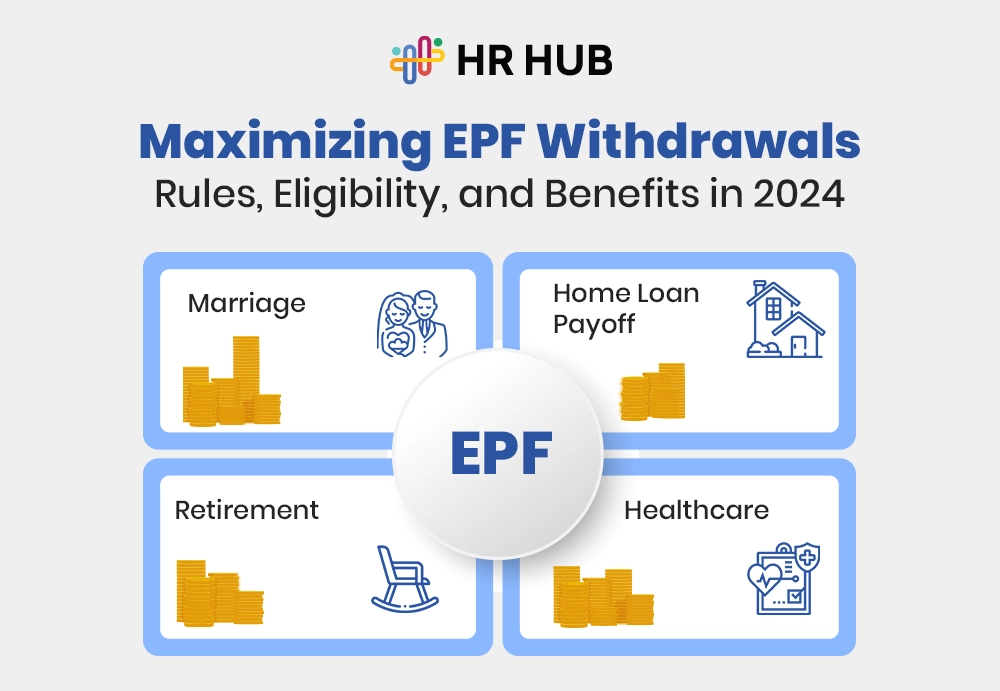Collaborating with workplace politics could be challenging at times, and knowing how to recognize red flags ahead of time is necessary to maintain a good firm culture.
Bad habits and working behaviors minimize worker happiness, efficiency, and business achievement.
This in-depth blog discusses popular red flags at work and presents actionable steps for tackling them properly.
Explore Common Red Flags in the Workplace and Action to be Performed
Its high time to jump into exploring the common red flats in the workplace that occur and what specific action that need to be taken.
1. Unclear Company Goals and Values
A lack of clear values and goals can lead to confusion and disorientation among employees. Employees will be disconnected and misaligned from their work if they lack a strong sense of what the company stands for and where it is headed.
Action: Reaffirm the company's mission and values regularly. Consider using workshops or retreats to get employees involved in discussing these issues and ensure the goals are clear and accepted at all levels.
2. No Respect from Management
Respect is the foundation of a well-functioning workplace. Without a demonstration of respect by management, it can undermine employees and lead to decreased motivation.
Action: Train managers to appreciate the importance of respect at work, i.e., paying attention while others speak and respecting alternative viewpoints. Have a reporting mechanism where staff can raise concerns about disrespect safely without fear of reprisals.
3. Poor Communication in the Workplace
Poor communication will result in errors, misunderstandings, and frustration. Having all parties in harmony is very important for the seamless running of any business.
Action: Implement effective communication tools and procedures. Conducting regular team meetings and feedback keeps everyone updated. Have an open-door policy where workers can freely air their opinions and ideas.
4. Overworking is Praised
While diligence is valuable, continually working excessive hours can cause burnout and ill health. Praise or reward only overworkers to reinforce poor work practices.
Action: Foster a balance between work and home life. Reward and praise productivity and efficiency, not merely excess hours. Instruct managers to establish realistic time frames and honour employees' breaks.
5. Employee Satisfaction is Irrelevant
Ignoring the needs of employees can lead to demotivated employees. Employees who do not feel that their concerns and needs are being met are less likely to be concerned about their work or the company's success.
Action: Periodically measure employee satisfaction via surveys or town hall meetings. Listen seriously to the concerns and attempt to better areas where employees are dissatisfied.
6. Unclear and Undefined Roles in the Workplace
Role ambiguity in defining roles can confuse and overlap tasks, resulting in inefficiency and discord among team members.
Action: Define job responsibilities and roles. Update job descriptions occasionally to address changes in roles or goals. Make sure all employees have a clear understanding of their tasks and how they assist the organization.
7. Autonomy and Initiative Aren’t Welcome
Motivation and innovation are discouraged in work environments that do not promote autonomy. The workers must feel enabled to be in charge and decide.
Action: Encourage an environment of autonomy and initiative. Give workers chances to take charge of a project or make applicable decisions.
8. Poor Relationships Between Employees
Toxic relationships between colleagues can be detrimental to productivity and teamwork. It is essential to have a collaborative and friendly work environment.
Action: Encourage team-building exercises and conflict-resolution workshops. Encourage respect and cooperation culture.
9. Workplace Conflicts are Not Handled Properly
Neglecting to work on conflicts constructively can lead to a toxic workplace. All conflicts should be dealt with professionally and fairly.
Action: Establish an effective conflict resolution process. Train managers to use mediation skills to handle disputes fairly and effectively.
10. Harassment and Bullying
Bullying and harassment are serious issues which can demoralize a person and create large disruptions in the workplace.
Action: Create rigid anti-harassment and anti-bullying policies. Regular training in workplace conduct needs to be done, and firm penalties for infractions must be guaranteed. Offer confidential reporting systems to victims.
11. Lack of Career Development
Without opportunities to grow, workers can feel stagnated and uninspired. This can also affect the company's ability to retain talent.
Action: Create career paths and provide development activities such as training, workshops, and mentoring programs. Encourage people to establish career objectives and support them in fulfilling their objectives.
12. Toxic Leadership
Abusive leaders, micromanaging, or inability to give good directions can foster a poor work environment.
Action: Periodically assess leadership using input from members of the team. Provide coaching or leadership courses to enhance managerial practices.
Adopt HR HUB to Strengthen Workplace Policies
Identifying workplace warning signs is only the beginning—enforcing strong policies requires a methodical process.
HR HUB gives organizations a solid framework to set clear policies, monitor grievances, and receive employee feedback.
By simplifying policy management, efficiently resolving workplace problems, and encouraging accountability, HR HUB enables companies to sustain a positive work culture.
Through training, development, and role clarity tools, organizations can effectively pre-empt issues, enhance employee well-being, and ensure long-term success.
Taking Action Against Toxicity: A Proactive Approach to Workplace Health
Acting on the red flags highlighted upfront is not crisis management alone but rather a commitment to establishing a positive workplace culture.
These poisonous behaviors left unattended can gain momentum and hurt not just single employees—but the organization as a whole, driving down morale, productivity, and retention. Addressing these signs of warning ahead of time will ensure that your workplace is one where everyone can be at his or her best.
Managers and employers must be observant and adaptive. These things must be done diligently daily, but the return is more than the effort of doing them. These contribute to open communication, respect, and cooperation, enhancing job satisfaction and organization loyalty.
Finally, making a potentially unsafe environment into a positive and healthy work environment is an ongoing process that benefits both the employees and the company. It is about becoming resilient to potential issues and keeping the work environment positive and flexible. It is about fixing short-term problems and setting the foundation for long-term growth and success.






